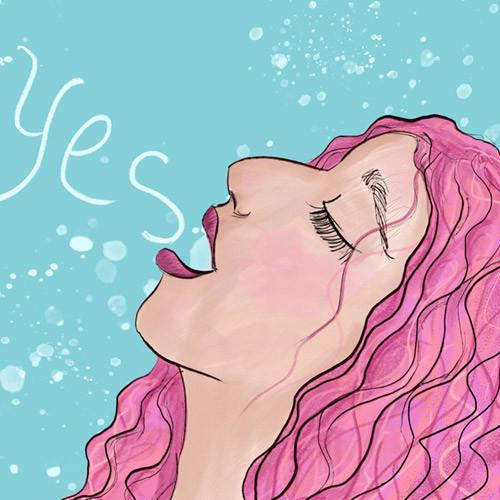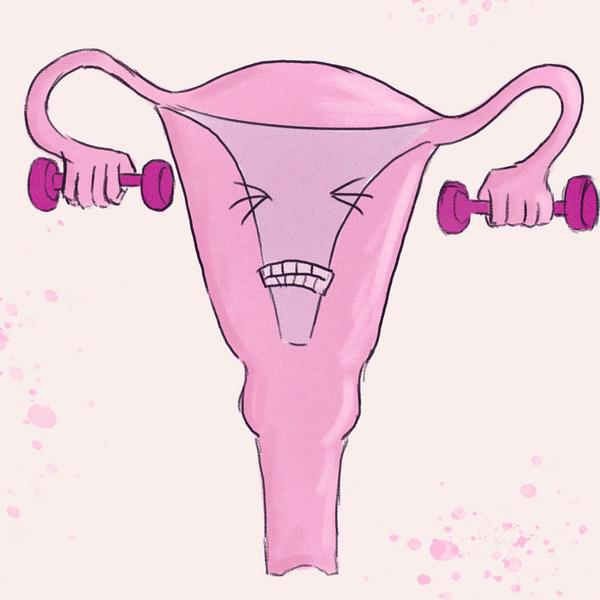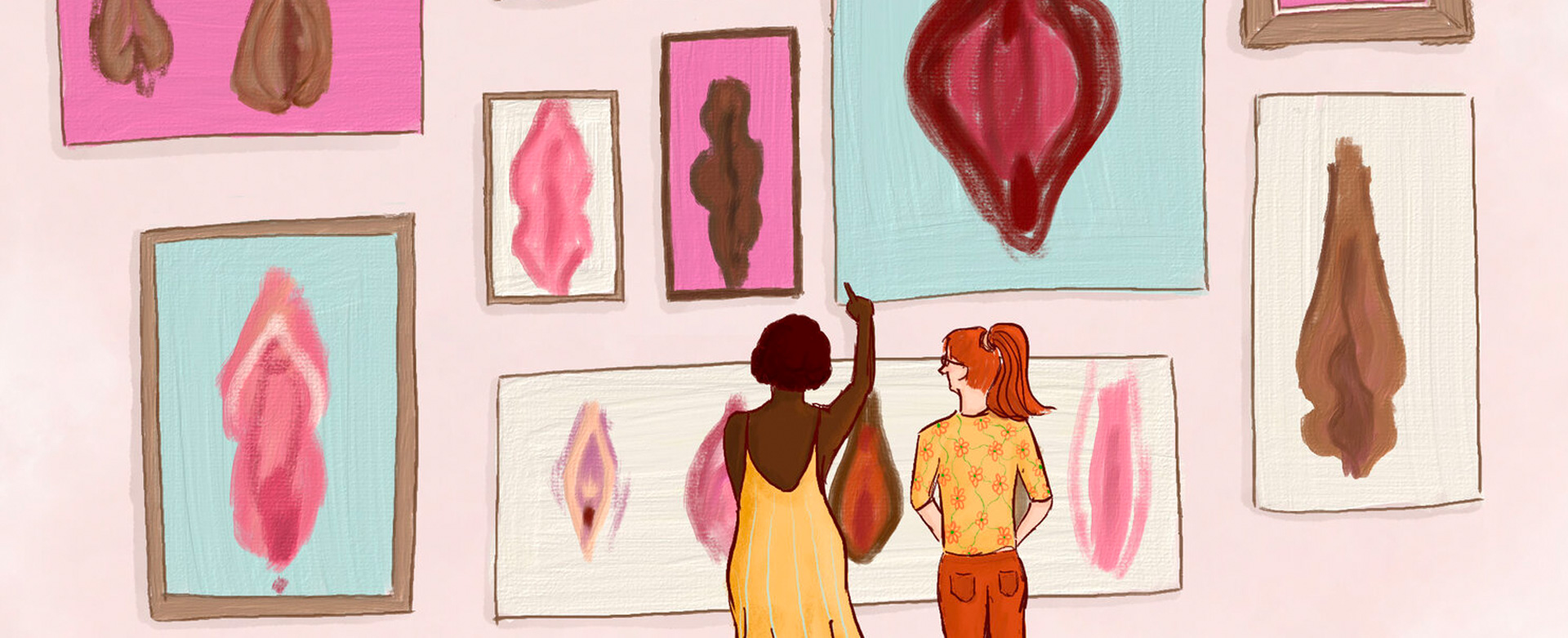
HOW TO: GET TO KNOW YOUR OWN VULVA
Illustration by Hazel Mead
Sex education in most UK schools has always been severely lacking. For many women and non-binary people, magazines and other media picked up the slack. But while problem pages and sex-tip listicles are fun, we’ve been left with huge gaps in our knowledge of our own anatomy.
Is it vulva or vagina?
A 2019 YouGov survey revealed that only 55% of women could correctly identify the vagina on a diagram, while only 57% knew what the labia were. Meanwhile, a Swiss researcher studying the size of vulvas found that most participants didn’t know the difference between the vulva and vagina.
The vagina is the internal part of your anatomy and the vulva is everything on the outside. The vagina has an opening, which leads to its walls and ends in the cervix, the entrance to your womb. The vulva is a collective name for lots of different parts. It includes your clitoris, your inner and outer labia, and your pubic mound.
When did you last have a good look?
Taking the time to look at your own vulva and vagina is a good idea. ‘I’m all for people getting the mirror out and having a look and seeing what they’ve got down there,’ says Suzanne Williams, senior nurse in sexual health and gynaecology at Cwm Taf University Health Board. ‘I think women can be guilty of not actually having a proper look. Some women don’t realise that you’ve got a vaginal opening, an anal opening and that your urine comes from a different place. It’s amazing how many people have no idea about that.’
By getting to know what you look like, you can become more comfortable with your own body and also notice if anything changes. ‘If people can arm themselves with enough knowledge early on, it makes a huge difference,’ Williams says. ‘For example, there’s been an increase in vulval cancers. Women are more likely to think, “I’ve had a bit of itching down there,” and keep treating themselves for thrush, when it could actually be an early stage of cancer.’
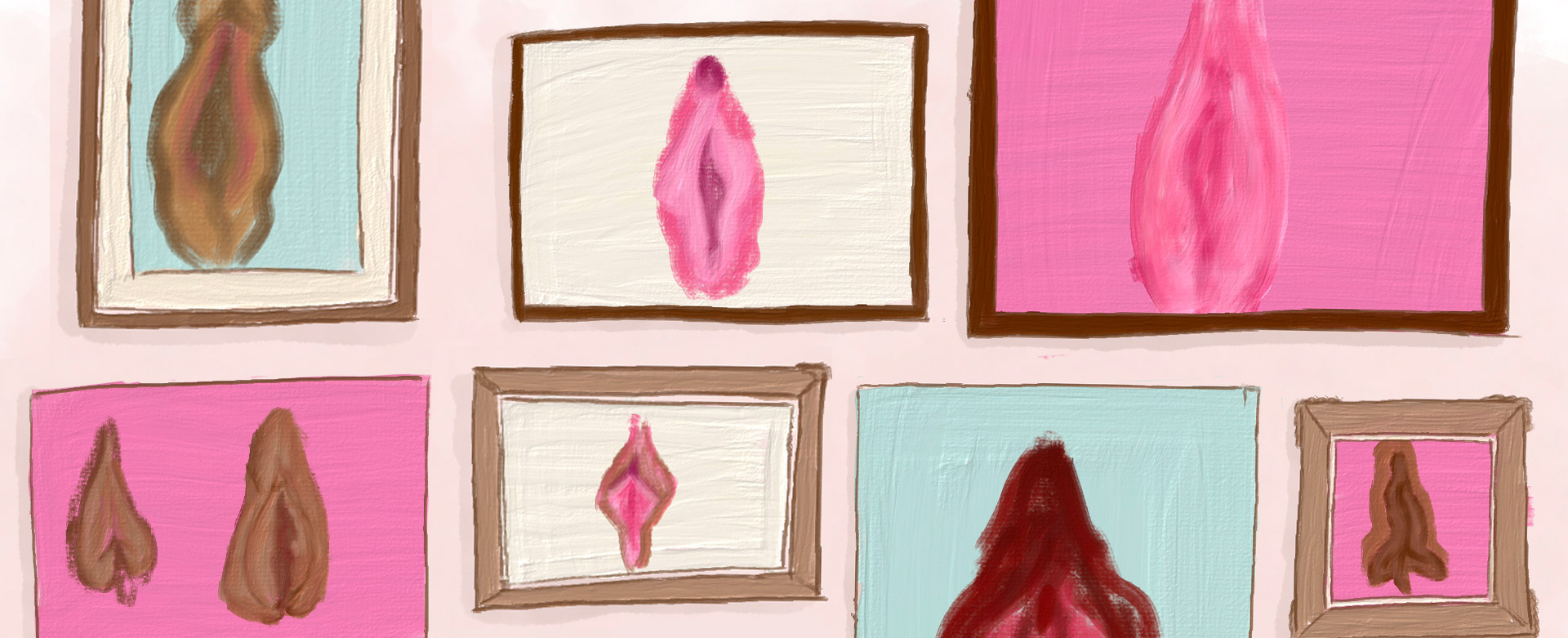
Illustration by Hazel Mead
What does a normal vulva look like?
There are lots of myths about vulvas, which can make people anxious about their own. ‘I think a lot of people worry about what theirs looks like,’ says Williams. ‘The size of people’s labias is a major issue. We have found, over the years, more and more girls asking to have labiaplasty. A big issue with that is the porn industry – that’s where many women as well as young men learn about what they think bodies are meant to look like, but lots of these women may well have had labiaplasty themselves.’
Everyone’s vulva looks slightly different. There’s a range of colours and shapes, and a recent study of 657 white women found that the length of the inner labia varies hugely, from 0.5cm to 10cm. Every one of those sizes is healthy. There’s only an issue if you’re in pain or they’re interfering with your everyday life.
Williams says: ‘If you wanted to make an appointment with a practice nurse or GP just to have a chat and say, “Is this normal?”, no one’s going to say, “You’ve wasted our time.” There can be little things that will worry people and we can alleviate those issues straight away by having a quick chat.’
Break it down
Get to know the different parts of your vulva. Williams recommends some online reading at sites such as BASHH (the British Association for Sexual Health and HIV), the NHS and Jo’s Trust, which has an ‘Ask the expert’ function. In the meantime, here are the basics:
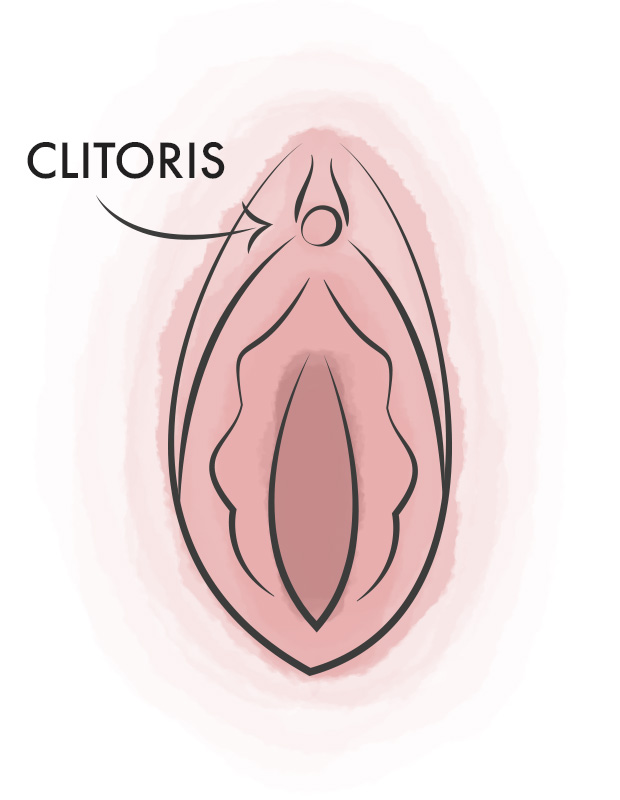
Your Clitoris
The clitoris has a hood, a piece of skin that covers the most sensitive bit: the glans. This is the area that some people think is the whole clitoris, but actually, the clitoris has more in common with a penis than you might think. Under the skin, two shafts extend along either side of the vulva in a wishbone shape. All of these parts can be touched in ways that feel pleasurable and even lead to orgasm.
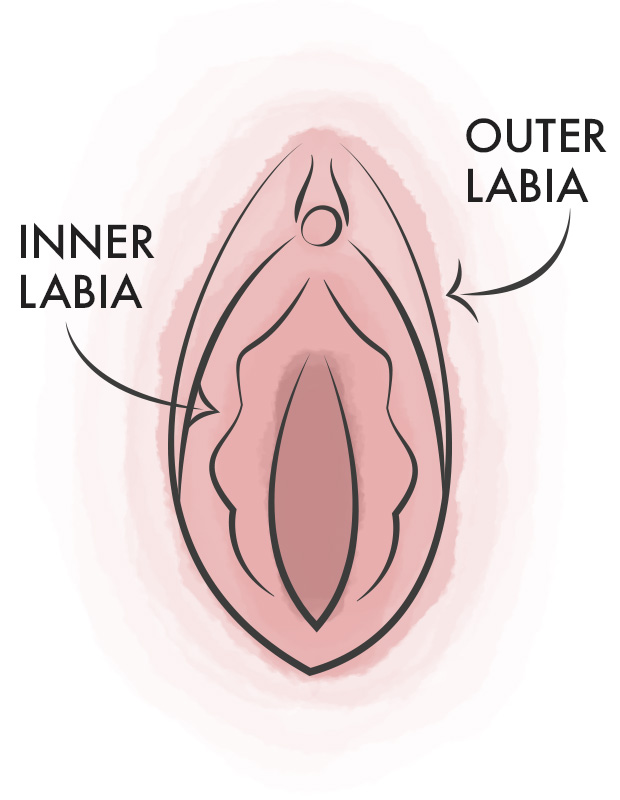
Your labia
You have two sets of labia. The outer labia is the larger set of lips on the outside of your vulva. They help protect the other, more sensitive parts. The outer labia are covered in pubic hair and come in all different shapes and sizes. The inner labia are the second, usually smaller, set of lips. They’re usually hairless and are more sensitive than the outer labia. They also help protect the entrance to your vagina.
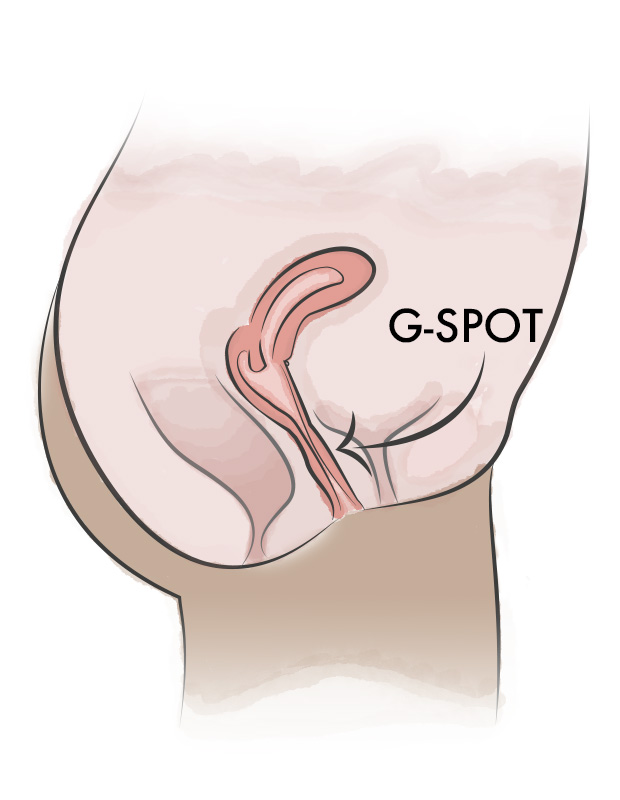
The G-spot
There is still a lack of consensus on whether the G-spot actually exists. Most regularly, it is described as an area on the front wall of the vagina that can induce orgasm when stimulated. However, some people can find no such spot. The most up-to-date research suggests that the G-spot is actually part of the clitoral complex, ie the part of the clitoris that extends inside the body. So, perhaps there is no one distinct G-spot that applies to everyone, but many people find it pleasurable to stimulate the area known as the G-spot.
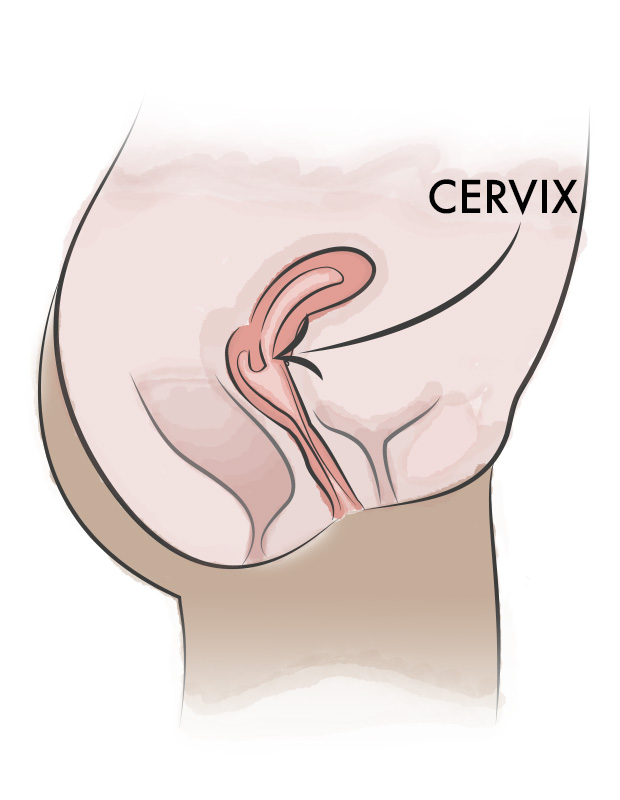
The cervix
The cervix is the part of the uterus (womb) that extends into the vagina, sometimes called the ‘neck’ of the womb. Some people report experiencing pleasure or having an orgasm when their cervix is stimulated. The opening of the cervix is a tiny hole through which semen and blood can pass; it expands dramatically during childbirth. Cervical screening tests (also called ‘smear tests’) check the health of cells in the cervix and are essential for preventing and diagnosing cervical cancer.
Sign up to emails and get 15% OFF
your first order
Stay in the loop on all things Ann Summers:
Updates on new arrivals, inspiration, offers and events!
*Discount only available on full price products
By inputting your information, you agree that we can use it in accordance with our Privacy Policy. You are able to unsubscribe from marketing at any time. By proceeding you agree to our Terms and Conditions.
You must be over 18 to join our mailing list.
By inputting your information, you agree that we can use it in accordance with our Privacy Policy. You are able to unsubscribe from marketing at any time. By proceeding you agree to our Terms and Conditions.
You must be over 18 to join our mailing list.
Sign up to emails and get 15% OFF your first order

*Discount only available on full price products
Stay in the loop on all things Ann Summers: Updates on new arrivals, inspiration, offers and events!
By inputting your information, you agree that we can use it in accordance with our Privacy Policy. You are able to unsubscribe from marketing at any time. By proceeding you agree to our Terms and Conditions.
You must be over 18 to join our mailing list.
